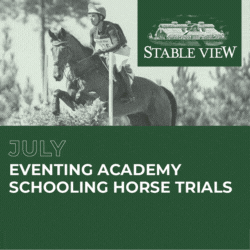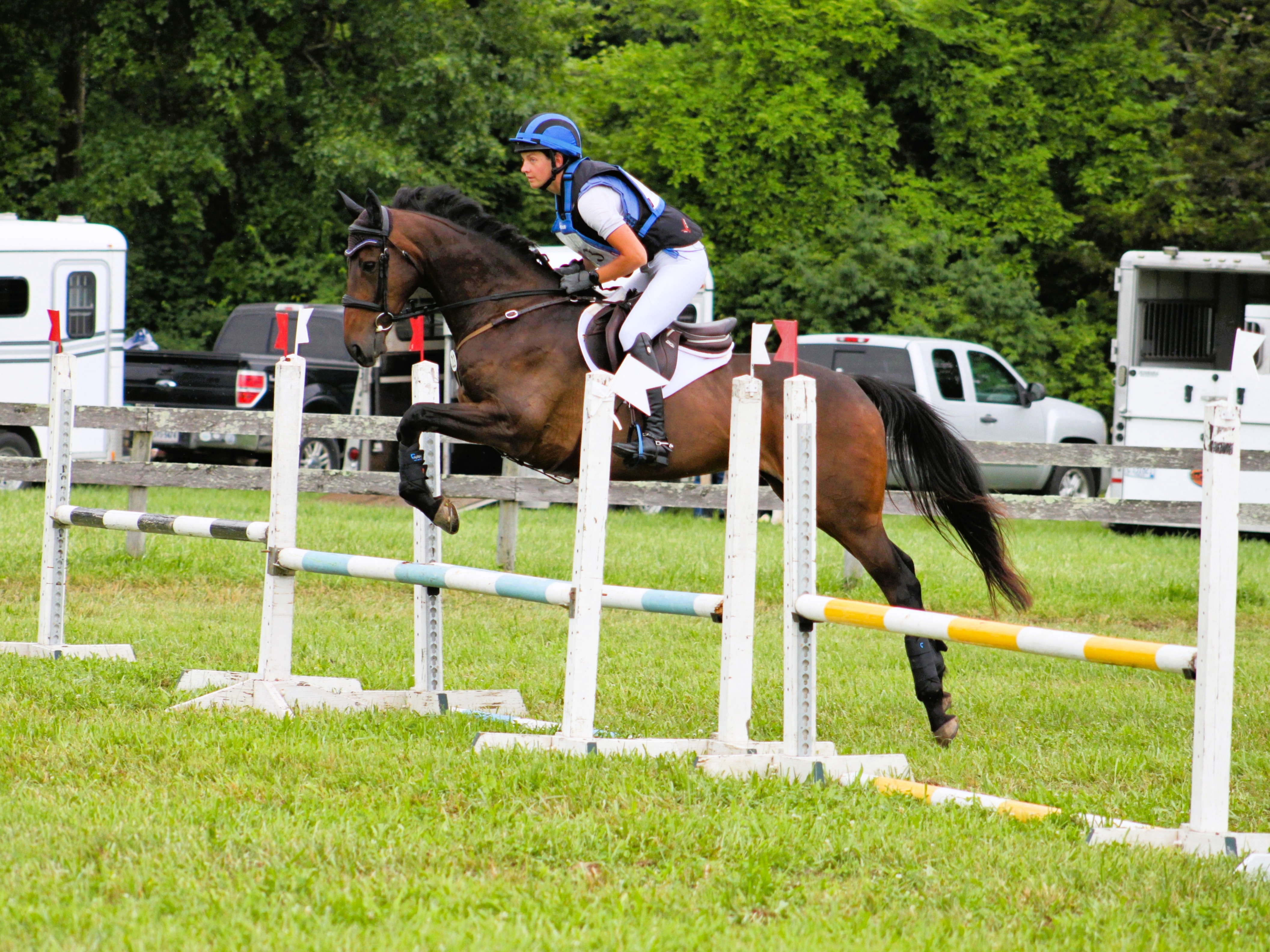To ride or not to ride? Well, that question has been answered for me. As of 5 p.m. Friday, March 27, the barn where I board my horse, Beau, was closed to visitors in response to the COVID-19 threat.
The same day, North Carolina Governor Roy Cooper issued a statewide, 30-day, stay-at-home order — an order that permits outdoor activities. The decision to close the barn had been made several days prior to the Governor’s announcement based on recommendations by the NC Horse Council, which advised “to cease all unnecessary operations and activities, engage in horse care activities ONLY, and close your facilities to all but essential staff.”
To some it may seem like an obvious choice to close the barn, but it was an agonizing decision for our barn manager, who debated and considered every angle for days. She knows as well as we all do that the horses are family. They are also our peace, our emotional relief, our escape, our therapy. But the barn isn’t a safe place anymore. We’ve already been on restricted hours to minimize contact between barn staff and boarders. Now, the barn is off limits entirely (except in the event of an emergency), and we don’t know for how long.
It sucks. And I’m sad. Like, really sad. But the whole world sees the importance of minimizing contact with one another, and our boarders are all for it. Not one of them expressed anger at the decision. On the contrary, they applauded the barn manager making that call.
At least half of the boarders who come to the barn regularly are over 60, and some boarders are essential employees who have been working in their offices since the start of this mess. My own part-time job in town has remained open, and while our blessed little community is trying to support small businesses, the risks of those interactions cannot be entirely eliminated, no matter how often we sanitize all the things.
As much as we consider the barn to be a sanctuary, it is not immune to COVID-19. Think about how many things we touch there, from halters to stall doors, all the gates and latches, the hose, the bathroom door, brooms, pitch forks, buckets. It is impossible to keep everything clean enough to protect each other and – above all – protect the barn staff. Because if they go down, what then? The fear of the barn staff or other boarders getting sick far outweighs the frustrations of not being able to ride.
When we first got the news that the barn would be closed to boarders, my initial reaction was passive: “Yea, that felt inevitable. Bummer, but I get it.” The next day, as I planned my last visits to literally say goodbye to Beau for who knows how long, I got really, really sad. Until now, the pandemic hasn’t affected a whole lot of my day-to-day routine. I felt a little bit like I was watching everything unfold from a distance, safe in my little mountain town. But it’s here now. It’s all around us.
I’m not just sad for myself (In fact, it feels very selfish and silly to be sad about not being able to go to the barn to see my horsey, given the realities other people are facing around the world.) but this whole tragic situation. I feel sad for the medical professionals who can’t hide from danger at home, for those unlucky individuals who are sick and afraid, for the innumerable businesses that have had to shut down, likely to the detriment of their future.
I’m also feeling some shame, because I was one of the people early on who felt fairly underwhelmed by the threat of the virus and was pointedly annoyed by the media hype. Don’t @ me. I know now I was wrong.
But not all hope is lost. There are many reasons to feel a lot of pride. We’re seeing communities big and small come together to take care of each other. Locals are calling into small businesses, buying gift cards and advancing big tips. Farmers and restaurant owners are giving free meals to children who are missing out on their school lunches. Major corporations like Ford, Tesla, and Dyson are restructuring their assembly lines to manufacture much needed medical supplies. In the clutches of a global pandemic, it’s the humanity we’re witnessing that gives me hope.
So even though I’ll miss Beau tremendously, I think I can manage to be “horse-less” for a little while. By all of us doing our part and making the most of these – let’s be honest – shitty circumstances, we’ll come out the other side better for it, with renewed motivation and appreciation for what we have.




























